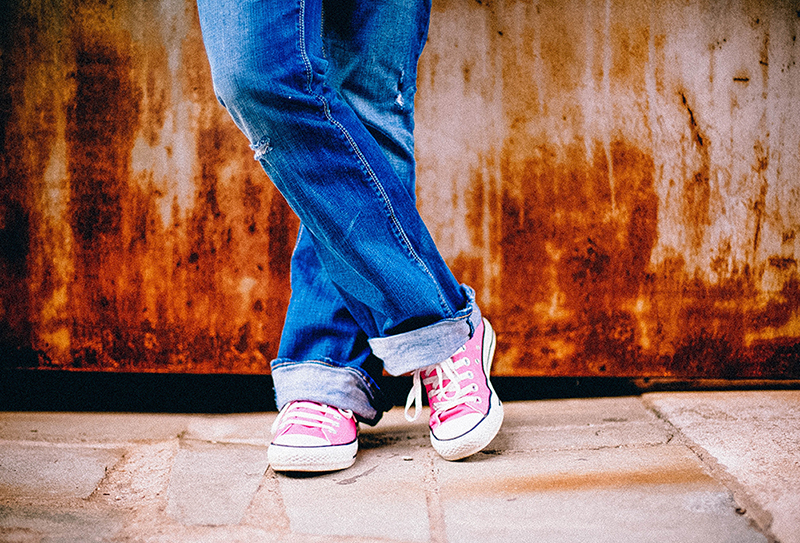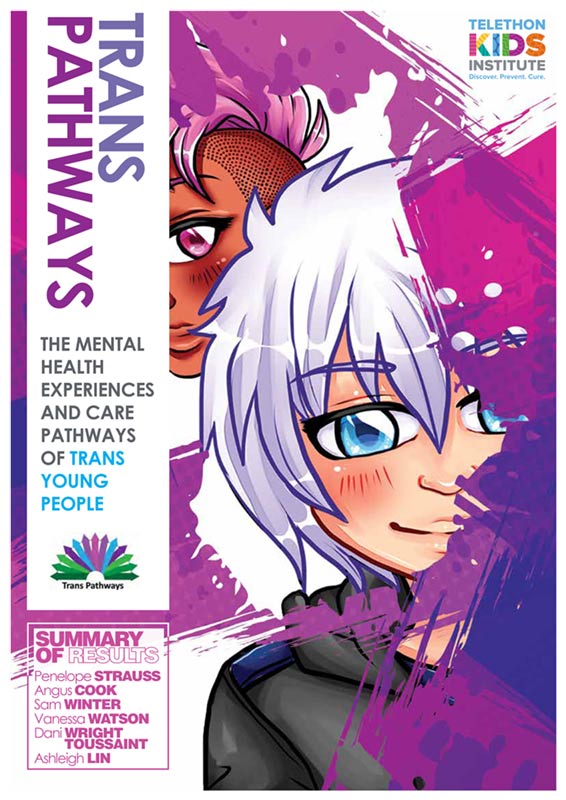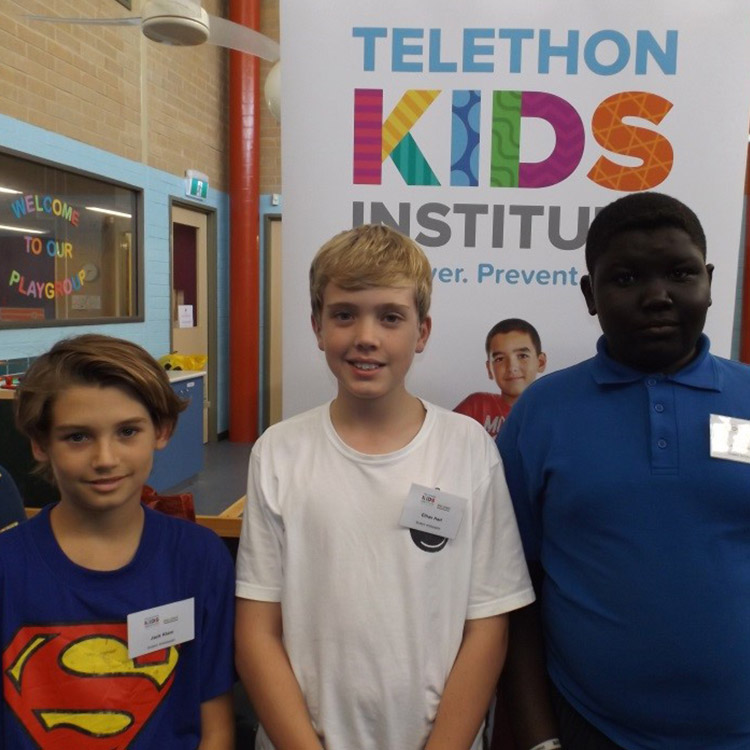Search

News & Events
Lancet paper finds hormone therapy for trans young people can improve mental health - but authors say more research is desperately neededA Lancet-published review of the evidence around the use of gender-affirming hormones and surgery in trans children and adolescents has found such interventions can lead to a marked improvement in mental health outcomes and quality of life.

News & Events
Trans young people at high risk of depression and suicideTrans Pathways is the largest ever survey conducted into the mental health of trans young people in Australia.

News & Events
Project helps Ethan belongEthan recently took part in Belong, a study led by The Kids which aims to ensure deaf and hard of hearing kids have a happy & positive school experience

Research
Building a Nyoongar work practice model for Aboriginal youth mental health: prioritising trust, culture and spirit, and new ways of workingMainstream youth mental health services struggle to comprehend the connection between colonisation and service provision for Aboriginal young people. This is the consensus agreed by Aboriginal Elders from Perth, Western Australia and young Aboriginal leaders within their communities.
Research
Resilience and Posttraumatic Growth after Burn: A Review of Barriers, Enablers, and Interventions to Improve Psychological RecoveryBurn injuries are traumatic experiences that can detrimentally impact an individual’s psychological and emotional wellbeing. Despite this, some survivors adapt to psychosocial challenges better than others despite similar characteristics relating to the burn.
Research
Reach and perceived effectiveness of a community-led active outreach postvention intervention for people bereaved by suicidePostvention is a core component of suicide prevention strategies, internationally. However, the types of supports provided to people impacted by suicide vary widely. This study examines the perceived effectiveness of the Primary Care Navigator (PCN) model for people bereaved by suicide. The PCN model was implemented in response to a suicide cluster.
Research
Online self-compassion training to improve the wellbeing of youth with chronic medical conditions: Protocol for a randomised control trialThe Self-Compassion Online program could provide a scalable solution for improving psychological outcomes and quality of life among youth with chronic illness
Research
Harmonised collection of data in youth mental health: Towards large datasetsThe use of this core set of data will facilitate the pooling of psychopathological and neurobiological data into large datasets
Research
Qualitative investigation of perceived barriers to and enablers of sport participation for young people with first episode psychosisThe participants responded favourably to the idea of using sport to promote recovery post-first episode of psychosis
